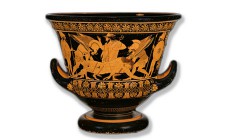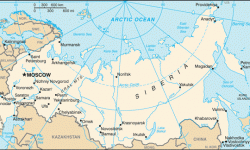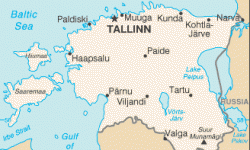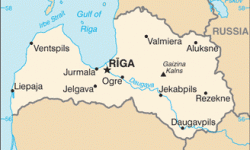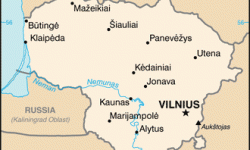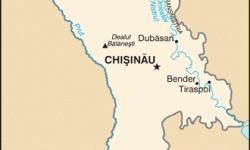Tchorniye arkheologi (‘Black archaeologists’ or чёрные археологи)
Author: Suzie Thomas
Last Modified: 21 Apr 2014

Different terms and nicknames are used across the world to describe illegal diggers of archaeological sites, such as tombaroli (in Italy), nighthawks (in the British Isles), and huecheros (Belize and Guatemala). In parts of Eastern Europe including the Russian Federation, and other post-Soviet states such as Moldova (Musteață 2010), and the Baltic states (Monitoring Group 2005: 19; Ulst 2010), the term ‘black archaeologist’ is widely used in both the media and the academic literature, although by definition a ‘black archaeologist’ is not an archaeologist per se, and does not adhere to the ethical or scientific standards expected of professional, trained archaeologists. The term is commonly used in Russian publications to refer to looting at archaeological sites (e.g. Александрова 2006). The Baltic States Heritage Co-operation Monitoring Group described ‘black archaeology’ as ‘meaning illegal excavations on archaeological sites’ (Monitoring Group 2005: 7). ‘Black archaeologists’ often, but not always, use a metal detector as one of their tools for finding saleable material in the ground (Musteață in press, 2014).

September 21st, 2009, at 7.30 a.m., a person with a metal detector searches in the area of Sântana de Mureş, Černjahov Culture, which was guarded by a policeman across Chişinău-Orhei motorway, Moldova. Photo taken by Dr Sergiu Musteata.
Recently the differentiation between ‘black’ (illegal) and ‘white’ (legal) in this context was made explicit in a British news article about groups in Russia working to locate military human remains from the Second World War and arrange reburial. In the article, their work as ‘white diggers’ is contrasted with the work of ‘black diggers’ (‘tchorniye kopateli’ – чёрные копатели), ‘who search for medals, guns, coins or even gold teeth which they sell online or to specialist dealers. They are not interested in identifying the soldiers – they just leave the bones in the ground’ (Ash 2014).
References
Ash, Lucy (2014), ‘Digging for their lives: Russia’s volunteer body hunters’, (updated 13 January 2014) <http://www.bbc.co.uk/news/magazine-25589709>, accessed 10 February 2014.
Monitoring Group, for Cultural Heritage Co-operation in the Baltic Sea States (2005), ‘Cultural Heritage Co-operation in the Baltic Sea States, Report 4’, in Friedrich Lüth (ed.), Cultural Heritage Co-operation in the Baltic Sea States (4; Domhof: Landesamt für Denkmalpflege Mecklenburg-Vorpommen, Archäologisches Landesmuseum Mecklenburg-Vorpommern, and Council of the Baltic Sea States).
Musteață, Sergiu (2010), ‘Looting Antiquities in the Republic of Moldova’, in E. Sava, B. Govedarica, and B. Hänsel (eds.), Der Schwarzmeerraum vom Äneolitikum bis in die Frühheisenzeit (5000-500 v.Chr.), Band 2, Globale Entwicklung versus Lolageschichehen. Internationale Fachtagung von Humboldtianer im Humboldt-Kolleg in Chişinău, Moldavien (4. – 8. Oktober 2010) (Rahden/Westfalen: Verlag Marie Leidorf), 279–84.
— (in press, 2014), ‘Archaeological Heritage Crimes in Romania and Moldova: A Comparative view’, in Louise Grove and Suzie Thomas (eds.), Heritage Crime: Progress, Prospects and Prevention (Basingstoke: Palgrave Macmillan).
Ulst, Ingrid (2010), ‘The Problems of “Black Archaeology” in Estonia’, Estonian Journal of Archaeology, 14 (2), 153–69.
Александрова, Мария А. (2006), ‘Актуальные правовые аспекты археологической деятельности ‘, Закон, 7, 124–33.
